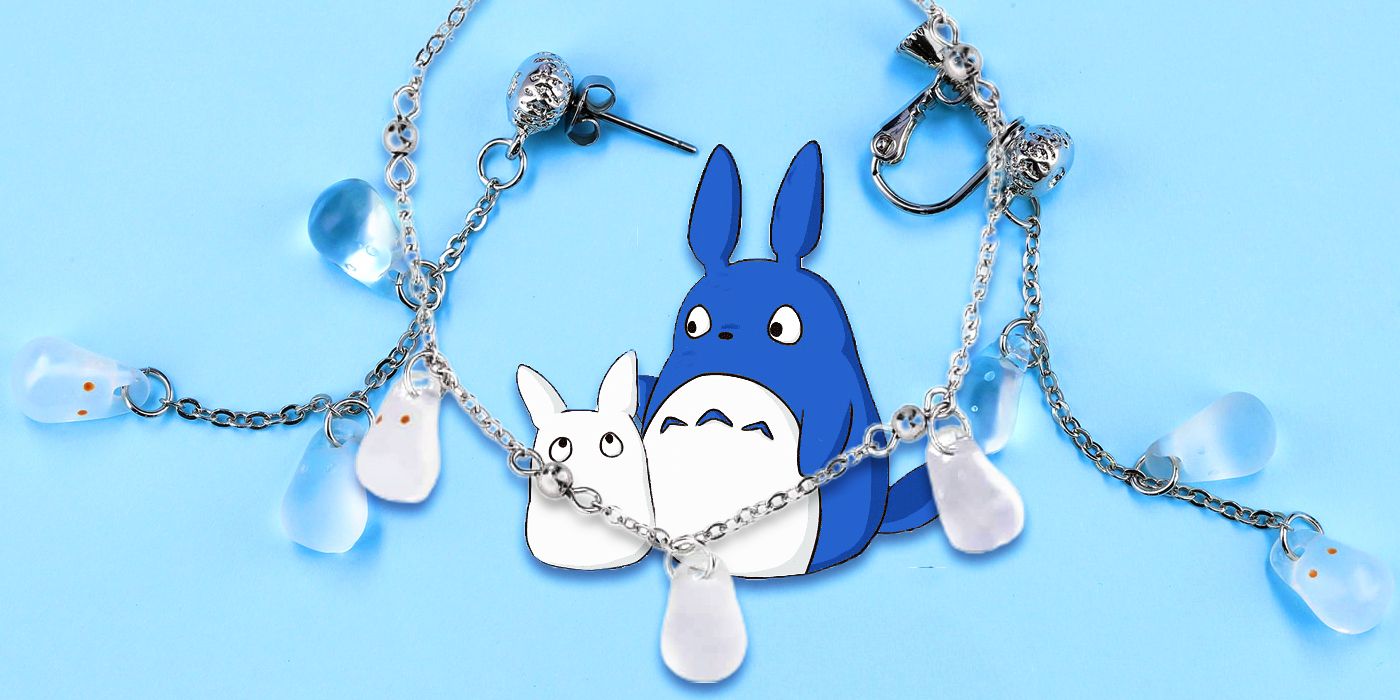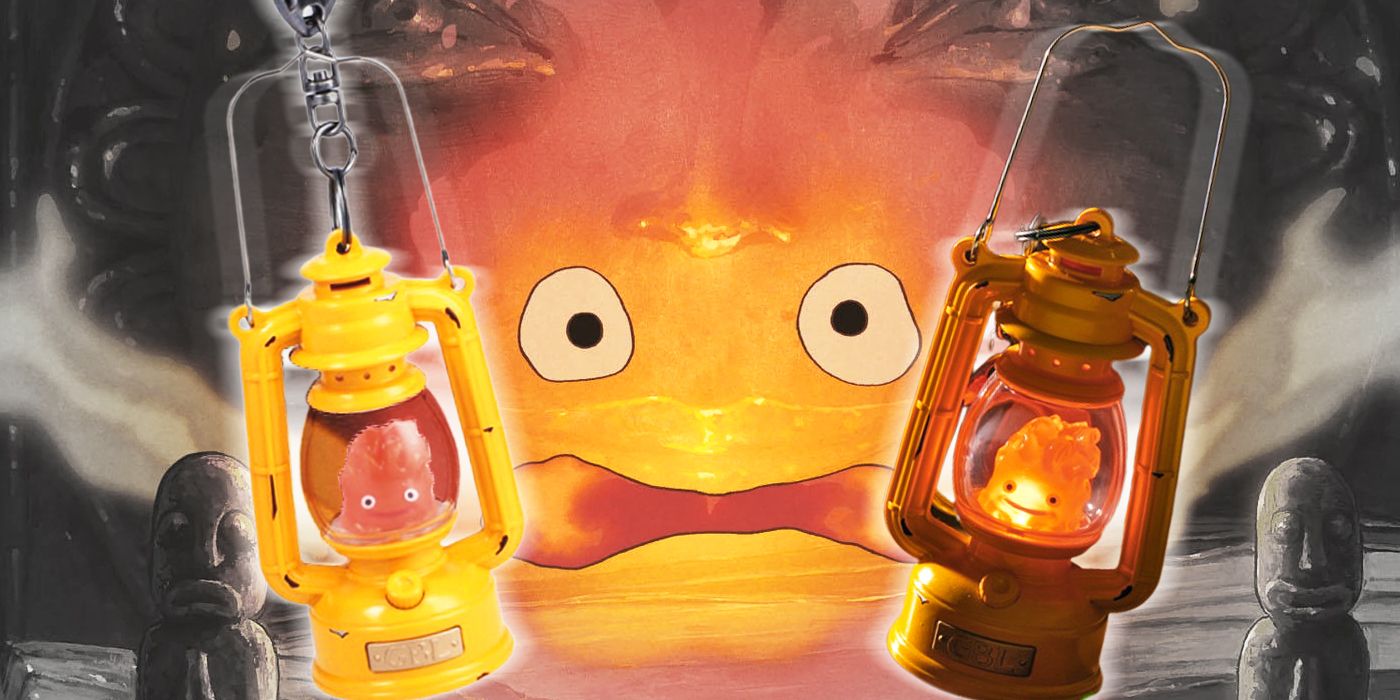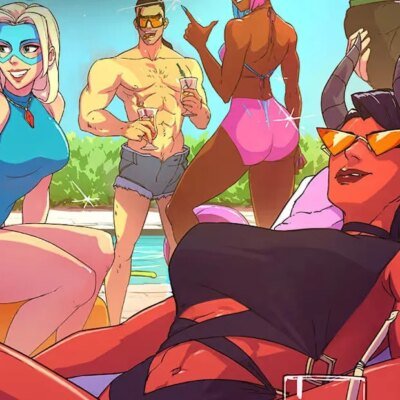
Studio Ghibli President Creates New Character for ‘My Neighbor Onigiri’
Studio Ghibli president and co-founder Tosho Suzuki has built a storied career, helping to produce mega-hits such as My Neighbor Totoro, Spirited Away, Howl’s Moving Castle and The Boy and the Heron, among numerous others. Now, he has lent his artistic talents to local onigiri maker Okawari Tokyo with new artwork, adding the distinct Studio Ghibli charm to the company’s packaging.
Per PR Times, Okawari Tokyo has tapped the famed Studio Ghibli producer and president Toshio Suzuki to illustrate the packaging for its new line of rice balls. The minimalist packaging features illustrations of anthropomorphized versions of everything one needs to make rice balls, such as a spoon, rice cooker, cup and the line’s mascot, a fully formed rice ball. The illustration evokes memories of the underrated Studio Ghibli classic My Neighbors the Yamadas. A departure from the usual Ghibli format, the film explored the mundanity of family through an absurd and comedic lens, with the doodle-esque illustrations being a touching tribute to the familial goings-on of the Yamadas.

Related
Studio Ghibli’s Official My Neighbor Totoro Transparent Jewelry Is as Magical as the Movie
Studio Ghibli’s Donguri Sora store restocks its My Neighbor Totoro-inspired transparent jewelry collection, which packs a “cool image for the summer.”
Studio Ghibli’s Toshio Suzuki Designs Artwork for New Line of Onigiri
Okawari Tokyo produces Omusubi Gochiso ni Naru Oshio, which translates to “Salt that makes rice balls a delicacy.” Supervised by Kana Sugamoto of the “Traveling Omusubi Shop” (omusubi is a stuffed rice ball), she has roamed Japan to research how omusubi is created around the country, investigating the intersection between culture and ingredients in the country’s 47 prefectures. Under Kana’s supervision, Okawari Tokyo prototyped the “Osio that makes omusubi a treat,” with the final product resulting in an original blend of mineral-rich and high-fiber akamoku seaweed. This is further enhanced by the smoking process, giving the food a “fragrant taste as if cooked in a kamado” (the latter being a traditional wood or charcoal-fueled stove).
The unique selling point is the salt used to give the onigiri its distinctive taste. Sourced from the Kakebuchigawa River and the Awanogawa River, the flow of both creates a brackish water area where the fresh river water and seawater meet. The resulting salt gives off a distinct umami flavor. Under the direction of a yuzen, a Japanese salt master, traditional techniques are employed to refine and adjust the mineral balance. Many say that modern seawater contains high magnesium, which gives the salt a bitter taste; it is the responsibility of the yuzen to remove this bitterness. Tenchi-gaeshi, or turning the pot over, is used because the minerals present in salt, such as calcium, potassium, sodium and magnesium, crystalize at different times, requiring the yuzen to pay careful attention and mix the minerals to achieve a balanced taste.

Related
Howl’s Moving Castle Fans Can Take Their Favorite Fire Demon On the Go With Ghibli Re-Release
Howl’s Moving Castle fans can get their hands on a charming light-up Calcifer — in lantern keychain form — from Studio Ghibli’s iconic fantasy film.
Studio Ghibli Staff Have Previously Lent Their Artistic Talents to Charity Events & Landscaping
This isn’t the first time that employees of Studio Ghibli have lent their whimsy and charm to outside projects. Goro Miyazaki, son of famed director Hayao Miyazaki and a successful director in his own right, recently drew a rather forlorn-looking Howl’s Moving Castle-inspired dog to serve as the mascot for Nippon TV’s 24-hour charity special. The special’s theme is “Will Love Save the Earth?” to which Heen replies in the design, “I have no idea. What do you think?” The design will be featured on a T-shirt, and a portion of the proceeds will be donated to charity.
Goro also had a hand in creating Ghibli Park, putting his landscaping and construction experience to work starting from its planning stages in 2017. Ghibli Park has recently finished construction, with its final area, Valley of the Witches, opening in March. New updates to the park include the addition of Spirited Away and The Boy and the Heron attractions in the Ghibli Grand Warehouse.
Source: Okawari Tokyo via PR Times







No Comment! Be the first one.